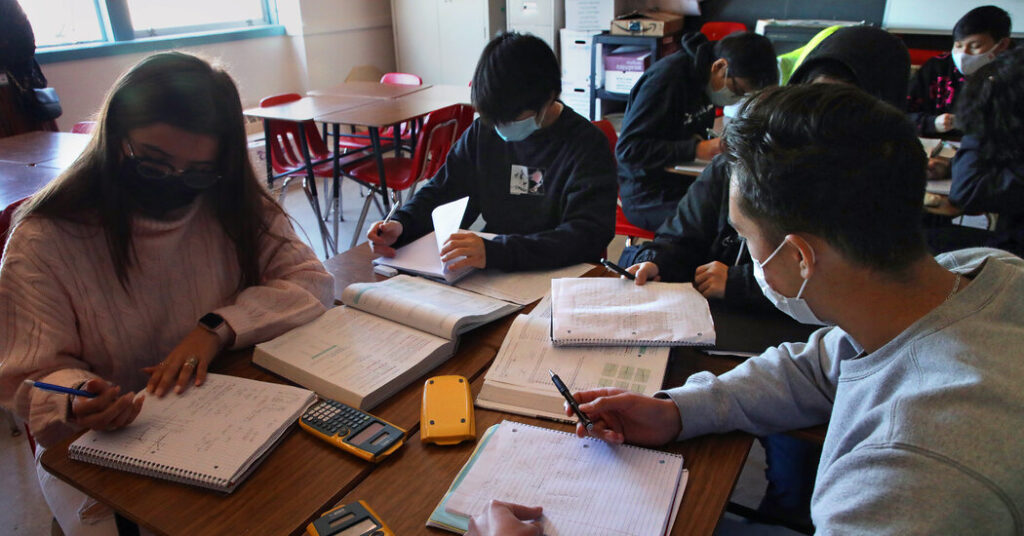
Here Are the C.D.C. Guidelines for Students Exposed to Covid

WASHINGTON — The federal government released new recommendations last month for unvaccinated students exposed to the coronavirus. The Centers for Disease Control and Prevention said those students could remain in school, as long as they are tested for the virus twice in the week after exposure and both tests come back negative.
The latest guidance, known as the “test-to-stay” protocol, aims to minimize disruptions to learning as two highly contagious variants of the virus, Delta and Omicron, spread across the country, causing some school closures and threatening to upend the strategies that federal and state officials adopted to return to in-person classes in the fall.
Although some schools and districts are already using the test-to-stay approach, the C.D.C. had not previously endorsed it, citing a lack of evidence. Last month, the agency released studies from two counties, one in California and the other in Illinois, that effectively tested the protocol and found that it worked.
The studies were conducted before the fast-moving Omicron variant began spreading in the United States. Scientists are still investigating many basic questions about the variant, including whether it increases the risk of in-school transmission.
The new policy, hinted at in the winter Covid-19 plan that President Biden unveiled last month, still calls on students to wear masks and socially distance, and applies only to those who remain asymptomatic. Until now, unvaccinated students were expected to quarantine at home for as long as two weeks after exposure. Some states have had tens of thousands of students in quarantine.
Vaccinated students with exposures have generally been allowed to remain in school as long as they are asymptomatic and wear a mask.
